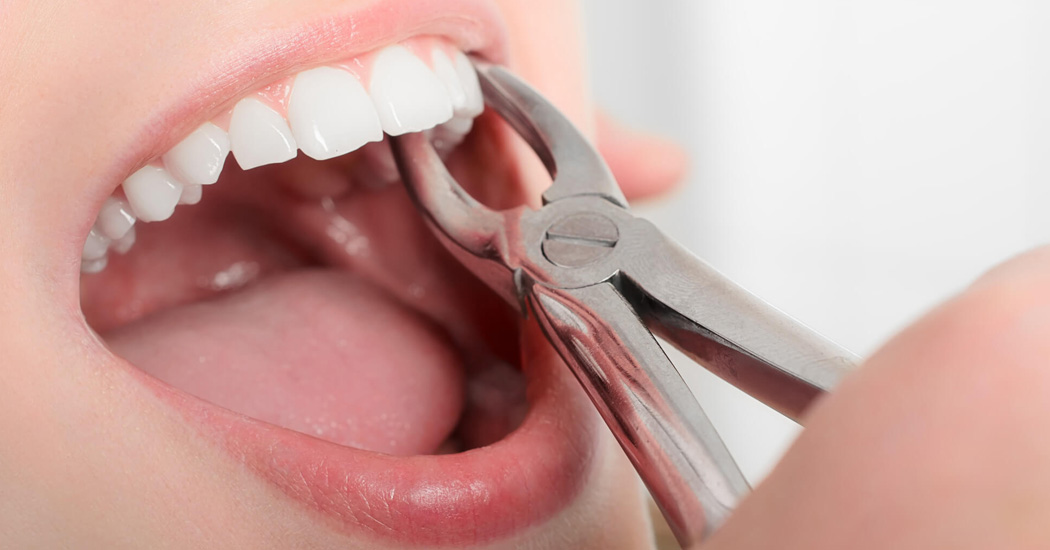- Call Today +91 81046 06422
- Open Hour 10:30 AM to 01:30 PM / 05:30 PM to 09:30 PM

The procedure for dental extraction typically involves a consultation to go over the specific situation of the patient, administration of anesthesia, loosening, and extraction of the tooth.
Prior to commencing a dental extraction procedure, it is important to review the dental and health history of the patient. There are some health conditions and medications that can change the suitability of dental extraction and the procedure.
For example, patients who have had a joint replacement (for instance, of the knee or hip), or who have certain problems with their heart (such as a heart murmur or replacement valves) may need to have prophylactic antibiotics before the procedure to help prevent infection.
Medications used to change the consistency or clotting characteristics of blood, such as warfarin, clopidogrel or aspirin, may need to be ceased some time before the procedure to reduce the risk of prolonged bleeding.
For simple dental extraction, local anesthetic is usually injected around the nerve or nerves that are responsible for supplying sensation to the tooth to be extracted. A numbing gel may be applied 1-2 minutes before the injection to reduce the discomfort associated with the administration of the injection.
Teeth are usually suspended from the bony tooth socket in the jaw by a shock-absorbing ligament, known as the periodontal ligament. The first step for tooth extraction, therefore, is to release the tooth from the periodontal ligament fibers. This is usually done with an instrument called a periotome, which consists of a thin blade.
If the tooth is visible, simple dental extraction can be performed. An instrument called an elevator can then be used to loosen the tooth further from its socket. Various types of elevators may be used, depending on the situation to apply pressure to the tooth and luxate it.
When the tooth is loose enough, forceps are utilized to deliver the tooth extraction. This instrument is similar to a pair of pliers that can hold and pull the tooth, without heavy forces.
If the tooth is not or only partially visible, surgical dental extraction may be performed. In this procedure, an incision will be made to expose the tooth with a surgical flap. The tooth may also need to be sectioned into pieces to prevent trauma to the surrounding nerves and tissues as they are removed. The pieces can be loosened from the socket with an elevator, similar to the simple procedure.
The fragments can then be removed one at a time in a specific sequence, with the curved roots being removed at the end.
When the dental extraction has been completed, there are several factors to which attention must be paid to reduce the risk of complications. For example, the application of pressure to the tooth socket will help to minimize bleeding. The specific post dental extraction care will differ slightly for each patient, depending on the specific medical and dental situation of the individual.
© Ekdant Dental Care & Smile Care Centre is Designed by Digital Web Tech. All Rights Reserved.
